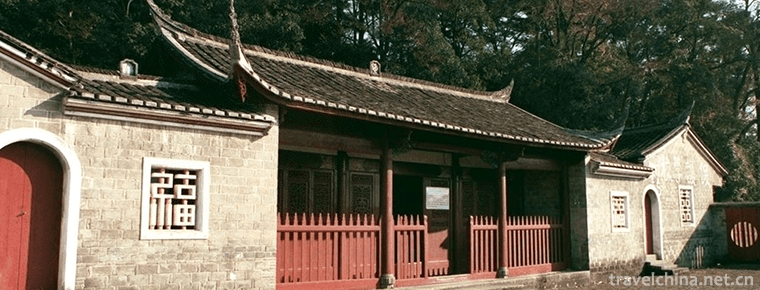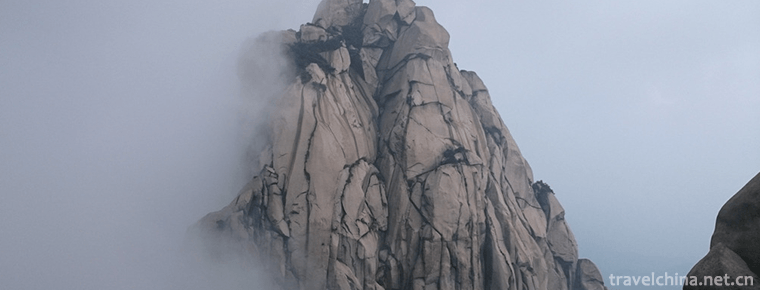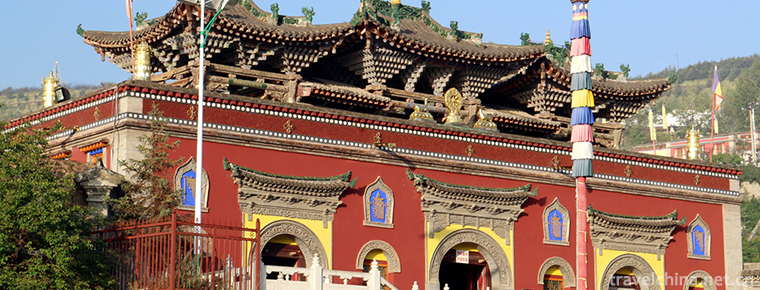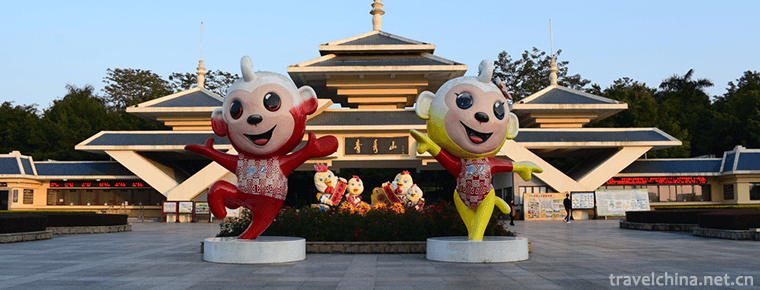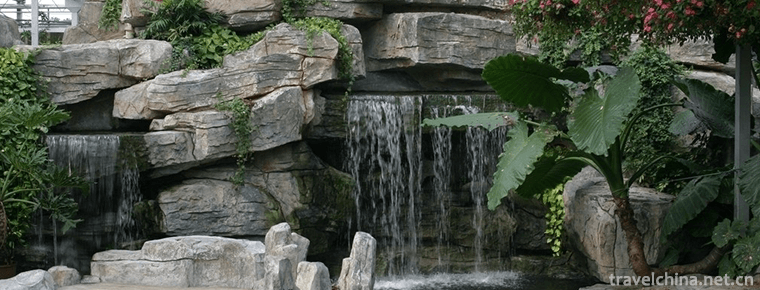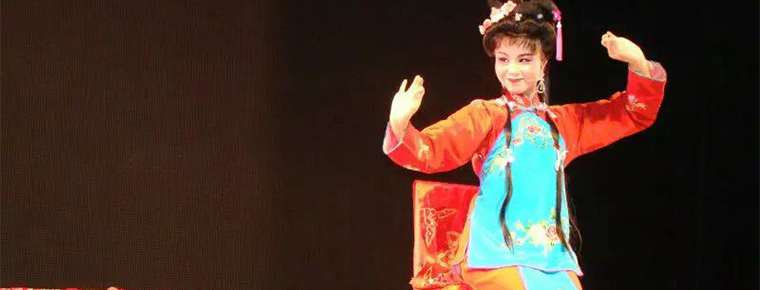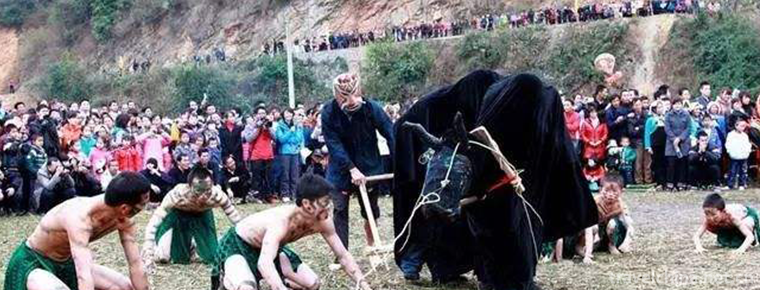Traditional skills
Traditional skills
Chinese traditional folk art is a craft inherited from Chinese folk, such as paper-cut is one of the most popular traditional folk decorative arts in China, with a long history. Because of its easy availability of materials, low cost, effectiveness, wide adaptability, various styles, vivid image and popular; more because it is most suitable for rural women leisure production, can be used as a practical object, but also beautify life. Paper-cut can be seen all over the country, even forming different local styles and schools. Paper-cut not only reflects the aesthetic preferences of the masses, but also contains the deep social psychology of the nation. It is also one of the most distinctive folk arts in China. Its shape characteristics are especially worth studying. As the embodiment of Chinese original philosophy, folk paper-cut has comprehensive, beautifying and auspicious characteristics in its form of expression. At the same time, folk paper-cut conveys the connotation and essence of traditional culture with its own specific expression language.
Traditional skill refers to a technology and skill with a long cultural and historical background, which can only be mastered through a certain in-depth study. Every skill bears the mark of the nation.
Chinese traditional skills include: Chinese Kungfu, acupuncture, massage, traditional Chinese medicine, tea ceremony, embroidery, paper-cut and so on.

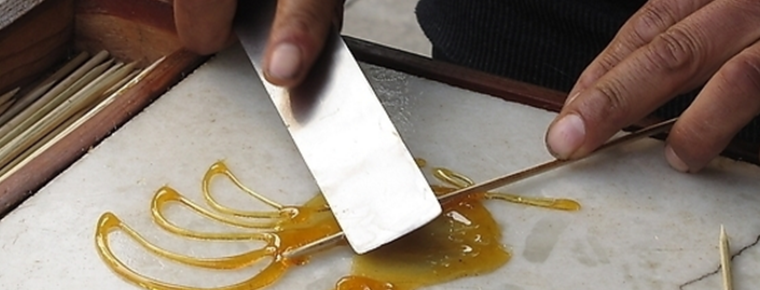
-
Gutian tourist area
It is understood that in 2008, Gutian Tourist Area was rated as a national 4A-level tourist attraction. In 2013, in order to further promote the development of tourism industry and upgrade the brand.
Views: 156 Time 2018-12-08 -
Mount Tianzhu Scenic Area
Tianzhu Mountain Scenic Spot, located in the west of Qianshan City, Anqing City, Anhui Province, is known as "the first mountain in the Yangtze River and Huaihe River" for its main peak.
Views: 118 Time 2018-12-08 -
Taer Temple Scenic Area Xining City
Tar Temple, also known as Tar Temple, was founded in the 10th year of Hongwu Ming Dynasty (1377). Named after the Great Silver Pagoda built in memory of Zongkaba, the founder of the Yellow Religion.
Views: 124 Time 2018-12-12 -
Nanzhao Custom Island Dali
Nanzhao Custom Island in Dali is one of the three islands in Erhai Lake, located in Shuanglang Township at the southeast end of Eryuan County, the golden section of Cang Er National Scenic Area.
Views: 160 Time 2019-01-06 -
Qingxiushan Mountain
Qingxiushan Scenic Area is a national AAAAA scenic spot in Nanning. Qingxiu Mountain is a key scenic spot in Nanning. In addition to protecting and restoring the original historic sites.
Views: 222 Time 2019-02-07 -
Tengtou Ecological Tourism Area
Embedded between Fenghua and Xikou, Tengtou Eco-tourism Area is located in Xiaojiang Plain, close to Jiangba and Yongxi Highway. Located 6 kilometers north of Fenghua City.
Views: 229 Time 2019-02-13 -
March 3 of Buyi Nationality
Buyi "March 3" is a traditional festival held by Buyi people on the third day of March in the lunar calendar. It mainly takes the form of offering sacrifices to the gods of the society and s.
Views: 128 Time 2019-04-04 -
The technical skill of penjing
Bonsai art refers to the Soviet bonsai art, which originated in the Tang Dynasty, flourished in the Ming Dynasty, matured in the Qing Dynasty, and developed in modern times. Since the 1980s, Suzhou Bo.
Views: 236 Time 2019-06-09 -
Sizhou opera
Sizhou Opera is one of the four major operas in Anhui Province. Its original name is Lahun Opera. It has a history of more than 200 years. Many people think that it originated in Haizhou, northern Jia.
Views: 120 Time 2019-06-16 -
Add another festival beside the word ants of the Zhuang nationality
The Zhuangs Ant Festival (insect word plus another) is mainly prevalent in the Hongshui River Basin in the northwest of Guangxi Zhuang Autonomous Region. It is named "Ant (insect word plus anothe.
Views: 178 Time 2019-08-16 -
Panzhihua scenic spot
Gesala Ecotourism Area is a national AAAA tourist attraction, a provincial tourist resort and a provincial ecotourism area. It is located in the northwest of Panzhihua City, about 110 km away from the urban area. There are ten thousand acres of pines, azalea sea, Yi People's customs and Tiankeng floor drain..
Views: 114 Time 2020-12-14 -
Neijiang geographical environment
Neijiang City is mainly hilly, surrounded by low mountains in the southeast and southwest. About 90% of the hills are between 350 and 450 meters above sea level. The geological structure is a part of the Neocathaysian subsidence zone with small fold fault scale.
Views: 98 Time 2020-12-16
